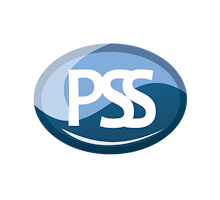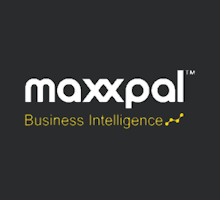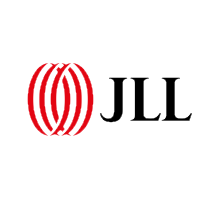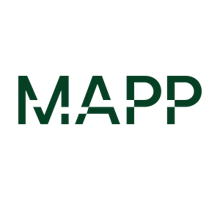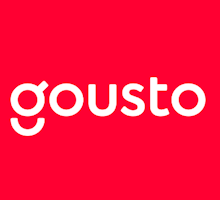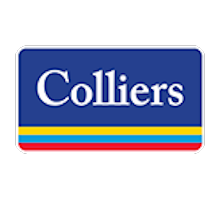The last time the event focused on packaging was 2016. Seven years, a pandemic and the rise of ecommerce later, the problem of packaging waste has only intensified.
Branded with the slogan, "Don’t Get Wrapped Up", European Week for Waste Reduction 2023 focused on raising awareness of the strong environmental impact of packaging.
EWWR is encouraging everyone to follow “Three Rs”:
- Reduce - using fewer resources in the first place
- Reuse – using it again instead of throwing it away
- Recycle – putting materials back in the loop
All three practices offer countless benefits. From redirecting materials away from landfill, to preventing pollution, saving energy, reducing carbon emissions and helping sustain the environment for future generations, there is a lot to love about the Three Rs.
There are lots of things we can do to reduce waste at work and in everyday life. We can donate old clothing instead of throwing it away. We can buy rechargeable or refillable products instead of single use items. We can start composting. Borrow or hire things instead of buying them. Opt for reusable bags. Have goods and appliances repaired instead of replacing them.
We can also stop printing things and reduce the amount of packaging on consumables. And there’s a neat way of doing that using a simple technology that pretty much everyone is already familiar with. The QR code.
How to use QR codes for waste reduction
Here’s how QR code technology can be used to support your efforts around the Three Rs…
Reduce
Reducing packaging may seem like a simple step to take. But when there are things you need to include on that packaging by law, it’s not so straightforward.
But by using a QR code on product packaging, you can save space by communicating all of that non-mandatory information through a simple scan, leaving only the legal bits in print.
QR codes on packaging of this nature can do a lot more than save space. They can help you better engage with your customers by allowing you to share value-added helpful extras. From interactive recipe ideas on food packaging, to well-being tips on healthcare products and complementary product suggestions on beauty items, there’s a stack of stuff you can do to support your marketing efforts.
There are some new EU wine labelling regulations coming in on 8th December 2023 that will force winemakers to include a barrel load of information on their wine labels. Luckily, they’re allowing a lot of this information to be provided digitally, QR codes included. As expected with anything EU, there are a whole heap of complicated rules to wade through, but thankfully QR codes will meet them all head-on. Here’s the lowdown.
And then there are product manuals. Whilst it’s not strictly packaging waste, we’re all here for the same reason – to benefit the environment – so let’s discuss it anyway.
Why print when you can scan is the motto to adopt here. Printed product manuals, quick-start guides, appliance handbooks and operating instructions are wasteful, expensive to update and long-loathed by consumers.
When people are trying to fathom something out or put something together, they need interactive instructions. Diagrams. Images. Videos. And a chatbot on hand to answer their questions or get them some human help. And all of that is available via a quick scan of a QR code, delivering what they need to the comfort of their phone, rather than through some infuriating book or leaflet.
Over in the office, there is enormous scope for waste reduction in the same vain. HR managers are benefiting from QR code technologyin a big way. All those handbooks, policies and procedures that consume masses of paper and ink – and that have to be reprinted every time something changed – can become a thing of the past by switching to scannable digital versions.
In fact, any traditionally printed corporate information can be swapped for a QR code, from health and safety manuals to disaster recovery plans.
Why not start a workplace waste reduction campaign? Offering incentives and providing advice on waste reduction is easy via a QR code. Stick them on waste bins, by printers and copiers, next to light switches and heating and air con controls, in the kitchen… anywhere there’s potential to reduce waste, help people out by sharing the knowledge.
Reuse
A huge amount of packaging waste could be avoided with a little imagination. It’s so easy, for example, to reuse padded or hard-backed envelopes, bubble wrap and other materials.
Maybe consumers just need a little coaxing – and a few ideas – to help get them onboard. And what better way to share those ideas and encouragement than through a scannable QR code printed on the packaging?
One of the biggest areas with potential for waste prevention has to be the fashion industry.
Circular fashion is becoming a growing trend, with a number of brands, designers and retailers onboard with the concept. The industry is coming together to promote recycling, remodelling and reuse to extend product lifecycles. With a bit of luck, eventually circular fashion will take over, relegating the disposable fashion economy and its appalling contribution to landfill to the history books.
QR codes are the perfect way to support circular fashion. Garment or accessory owners can scan the printed or embroidered code for instant access to next steps for the item, including reuse or collection programmes.
Recycle
Recycling sounds like a simple solution to the packaging waste crisis. But did you know that 85% of plastic packaging and 5 million tonnes of paper still end up in landfill?
One of the reasons why recycling rates have so much room for improvement is a lack of knowledge. Things have moved on, and a lot of packaging materials that never used to be suitable for recycling can actually be recycled now.
And then there’s the other side of the coin. Namely putting stuff in the recycling that shouldn’t be there. Food-stained packaging, for example. Some types of gift wrap. Things with film on them, like window envelopes. Or just the wrong things altogether, like babies’ nappies and tea bags. Often, recycling plants reject complete batches of what could otherwise be recycled due to contamination.
The solution to these tragic misdemeanours is consumer education. And the simple, paperless way of doing just that… the QR code.
QR codes provide an interactive way to share recycling advice. Consumers scan the code with their smartphone, and are instantly met with the information they need to do the right thing. And if something can’t be recycled, you can share reuse or upcycling ideas instead.
QR codes can be printed onto existing packaging, so there’s no extra paper required to produce them. They don’t take up much space either. And their use potential doesn’t end there. They can also be employed to share recycling and reuse information about anything, from toys and electrical appliances to books and fashion accessories.
Supporting European Week for Waste Reduction with QR Codes
Ban.gl QR codes can be used to help waste reduction in so many ways, and with so many benefits.
Ban.gl QR codes are dynamic (you can change the information behind them any time and they’ll automatically update), multilingual (they’ll share your information in the default language of the user’s device) and fully customisable (so you can totally make them your own). And our pricing plans are refreshingly simple.
Reducing packaging waste and contributing to environmental sustainability is as important to us as it is to you. It’s why we’ve chosen to reward our customers by planting two trees on your behalf for every Bangl purchased.





